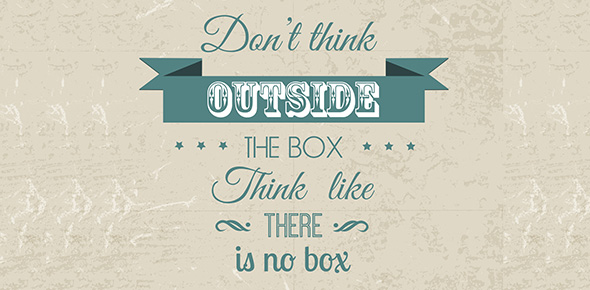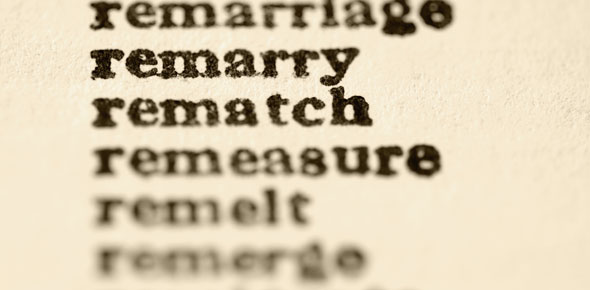Related Flashcards
Related Topics
Cards In This Set
| Front | Back |
|
1. One-way
communication is a process in which information flows in only one
direction—from the sender to the receiver, but there is a feedback loop.
True False |
FALSE
|
|
2. Communication
can be sent through a variety of channels, including oral, written and
personal.
True False |
FALSE
|
|
3. One
disadvantage of electronic media is the difficulty of solving complex problems,
which require more extended interaction.
True False |
TRUE
One of the
disadvantages of electronic communication include the difficulty of solving
complex problems that require more extended, face-to-face interaction and the
inability to pick up subtle, nonverbal, or inflectional clues about what the
communicator is thinking or conveying.
|
|
4. E-mail
messages are private property of the sender, not of the system's owner.
True False |
FALSE
|
|
5. Deleting
electronic messages—whether e-mail, IMs, or cell phone text messages—does not
destroy them; they are saved elsewhere.
True False |
TRUE
|
|
6. Straight
talk is important and pervasive among top-level managers.
True False |
FALSE
Honest,
direct, straight talk is important but all too rare. CEOs are coached on how to
slant their messages for different audiences; that's not likely to be straight
talk.
|
|
7. As a
leader, you will find that some of your toughest challenges arise when people
do not want to do what has to be done.
True False |
TRUE
Leaders have
to be persuasive to get people on board. Your attitude in presenting ideas and
persuading others is very important.
|
|
8. Regardless
of the receiver's background—cultural as well as technical—you should use the
same language in your message.
True False |
FALSE
Whether
speaking or writing, you should consider the receiver's background—cultural as
well as technical—and adjust your language accordingly.
|
|
9. The
average Japanese spends about twice as many hours per day in conversation as
the average American.
True False |
FALSE
The average
American is said to spend about twice as many hours per day in conversation as
the average Japanese. North Americans tend to talk to fill silences. Japanese
allow long silences to develop, believing they can get to know people better.
|
|
10. In
order to listen effectively, a person should focus on the facts and details and
focus on the central ideas later.
True False |
FALSE
You can
improve how well you listen by practicing numerous techniques. One technique is
to listen for ideas. Don't get bogged down in all the facts and details; focus
on central ideas.
|
|
11. Observation
is dependent upon accurate interpretation.
True False |
TRUE
A vital source
of useful observations comes from visiting people, plants, and other locations
to get a firsthand view. Frequent visits to the field and careful observation
can help a manager develop deep understanding of current operations, future
prospects, and ideas for how to fully exploit capabilities. Of course, you must
accurately interpret what you observe.
|
|
12. According
to research, workers receive only about 65% of the information that is provided
from the top of the communication chain.
True False |
FALSE
|
|
13. Coaching
is dialogue with a goal of helping another be more effective and achieve his or
her full potential on the job.
True False |
TRUE
|
|
14. The
problems common in upward communication are vastly different than those for
downward communication.
True False |
FALSE
The problems
common in upward communication resemble those for downward communication.
Managers, like subordinates, are bombarded with information and may neglect or
miss information from below. In addition, some employees are not always open
with their bosses; filtering occurs upward as well as downward.
|
|
15. Employees
in top-performing companies spend more time in communicating with their peers,
including socializing, than employees of average companies.
True False |
TRUE
Employees of
top-performing companies devote more time to the work modes requiring more
horizontal communication—including 16 percent more time socializing.
|








